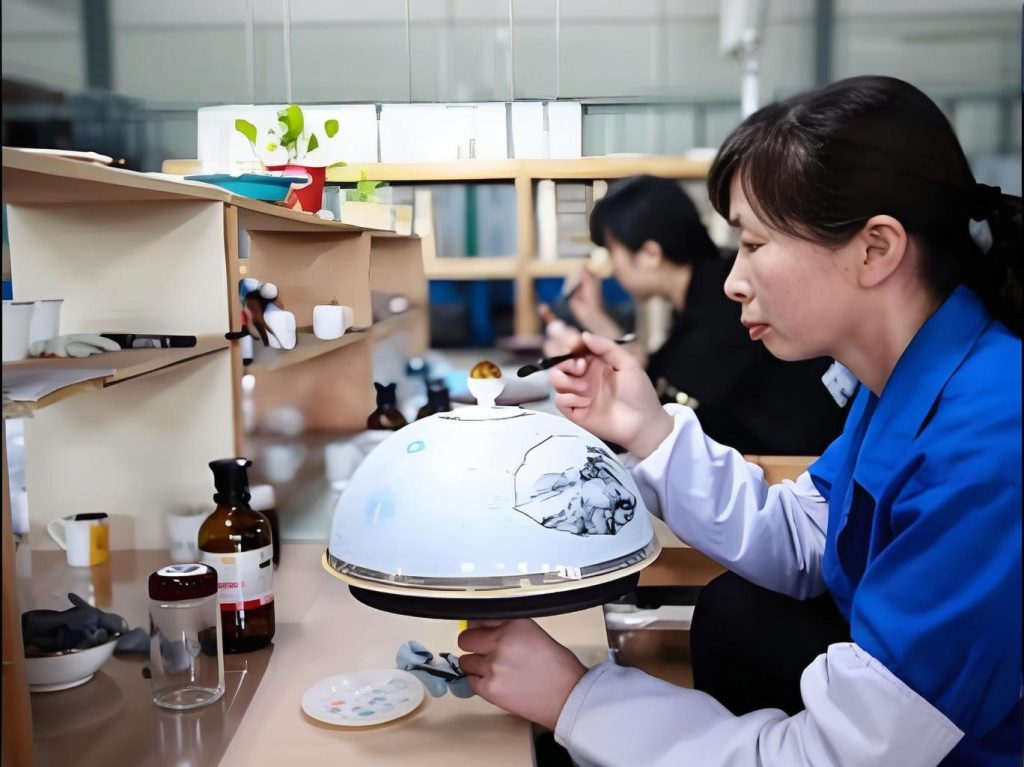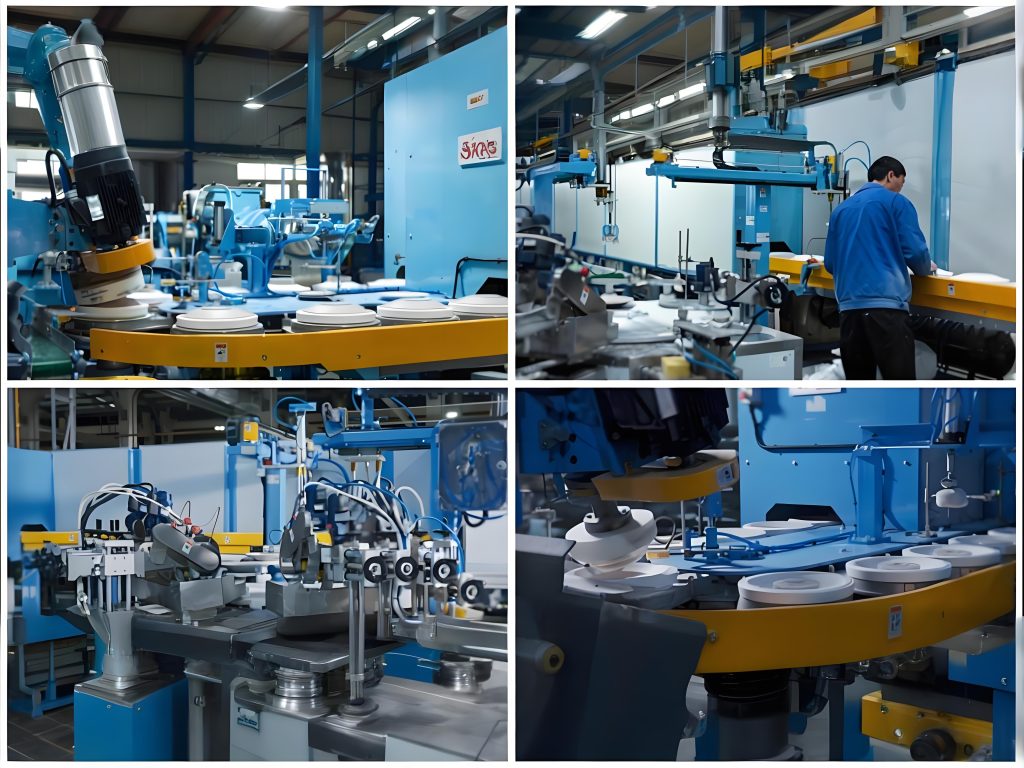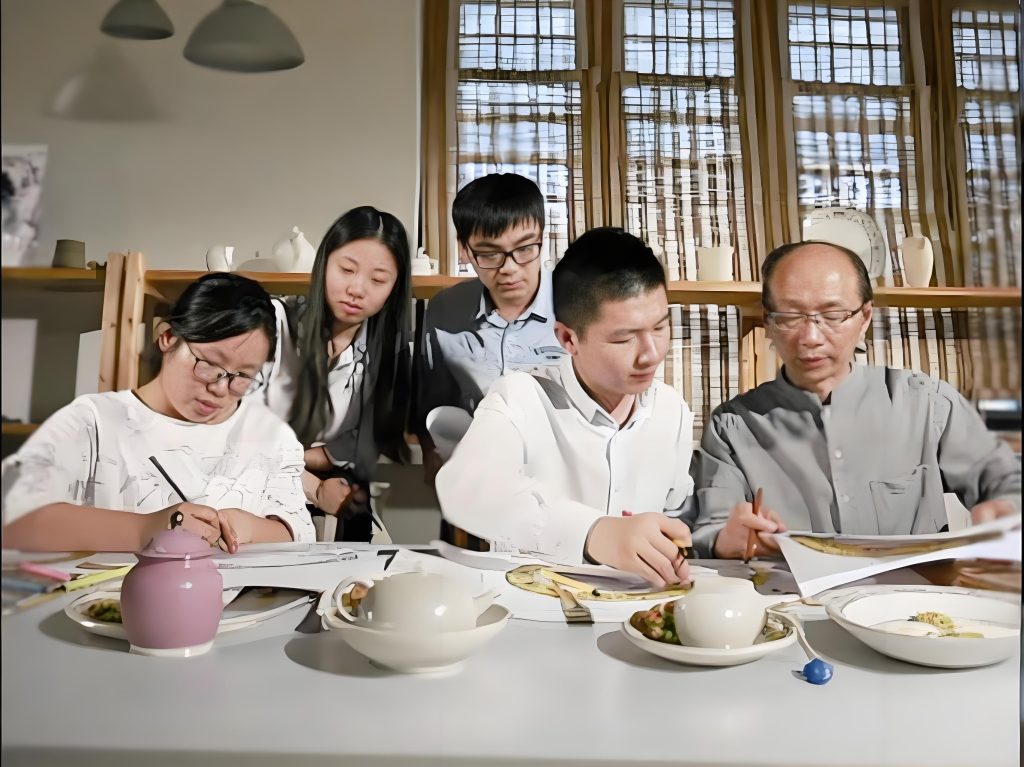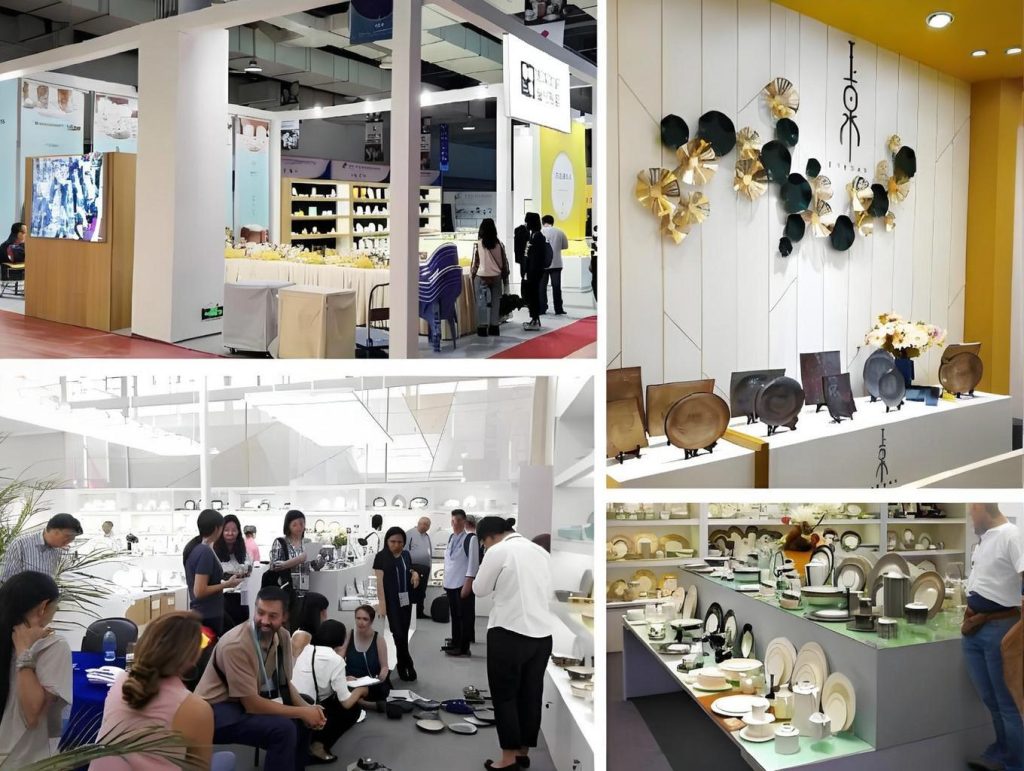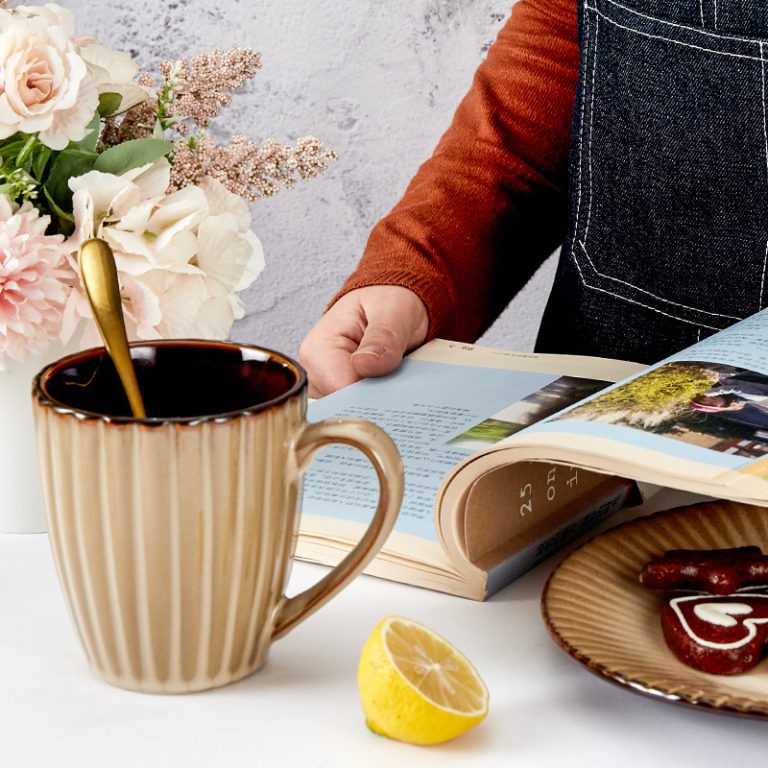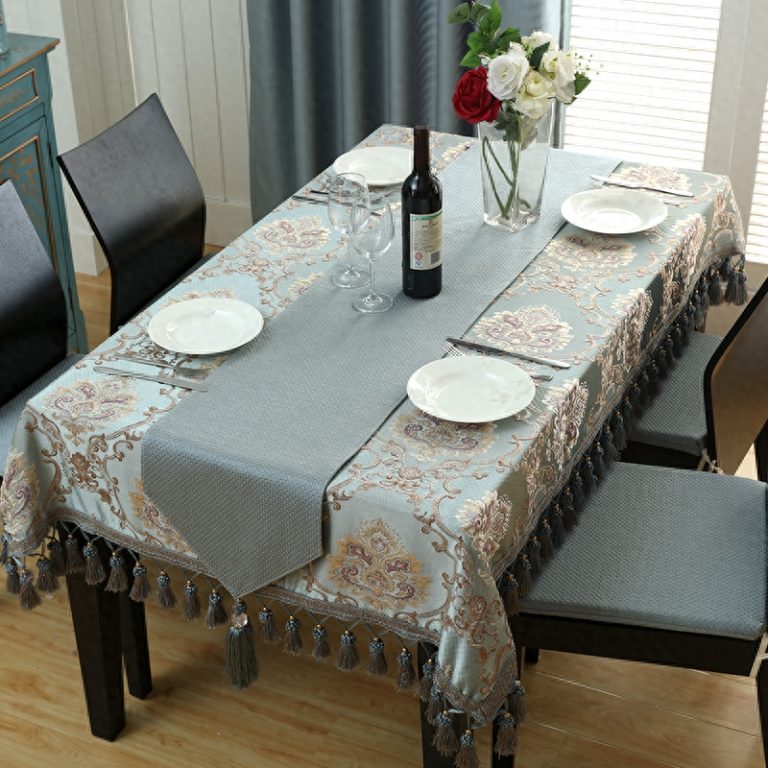Santa’s Cookie Plate: From Heartwarming Tradition to Business Gold Mine
Opening
Does your kid leave cookies and milk for Santa on Christmas Eve? This simple ritual drives a multi-million dollar tableware niche market.
I first saw someone on Reddit showing off their 20-year-old “Santa’s Cookies” plate. Thought it was just holiday decor. But after browsing Quora and forums, I realized this thing holds the same status as New Year’s dinner bowls in Chinese families.
The interesting part? This tradition fuels a unique supply chain. From craft pottery shops to professional tableware manufacturers, everyone wants a piece of this Christmas economy pie.
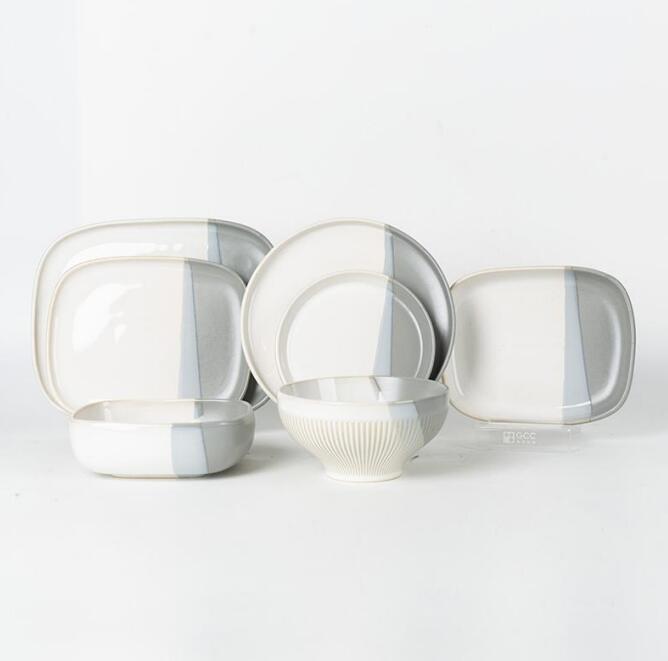
Why Does a Cookie Plate Carry So Much Emotion?
Real Stories from Reddit
On r/Christmas, one post got 32,000 upvotes. A mother shared how her daughter uses grandma’s old cookies for santa plate every year. It has hand-painted designs from 1987. “Mom’s been gone five years, but that plate brings her back.”
This isn’t rare. I checked dozens of similar posts. These plates carry three types of feelings:
- Generational bonds: Families use the same plate for decades, passing it down
- Childhood magic: Kids believe Santa actually ate those cookies (parents leave bite marks)
- Tangible rituals: Unlike abstract “Christmas spirit,” you can touch this plate
One Reddit user nailed it: “It’s not cookies needing plates. The ritual needs an anchor.”
We spend tons on holiday decor. We’re all seeking physical vessels for emotions.
Cultural Analysis on Quora
Under “Why do people use special plates for Santa’s cookies?” a cultural anthropology PhD offered academic insight.
This tradition started in late 1800s Dutch immigrant communities. It mimicked religious customs of offering food to saints. By the 1950s, Coca-Cola’s Christmas ads made it mainstream. Those ads always showed red-suited Santa holding cookies and Coke.
But cookies for santa plates became essential during the 1980-2000s “family values revival.” Parents focused on “creating childhood memories.” Holiday rituals got repackaged and amplified.
Sound familiar? Like China’s current “guochao” and “new Chinese style” trends. Both use material objects to redefine tradition.
How Big Is This Market? What Are Manufacturers Doing?
From Handmade to Industrial
Early plates came from:
- Home crafts (pottery, woodwork)
- Small craft shops
- Church fundraiser sales
But since 2010, professional tableware manufacturers entered the game. I checked several North American suppliers’ financial reports. Found interesting patterns:
1. Explosive seasonal demand
One ceramic tableware maker’s internal data shows October-December Christmas-themed products bring 68% of annual category revenue. Cookies for santa plates sell 47 times more in the three weeks before Christmas.
2. Rising prices
- 2015: Average $12-18
- 2020: $25-40
- 2024: $35-75 (hand-painted up to $120+)
Why do higher prices sell better? One Reddit user explained: “Cheap plates look disposable. Expensive plates deserve heirloom status.”
Tableware Manufacturer Product Strategies
I studied several leading manufacturers’ product lines. They all play the same game:
Basic tier ($15-30)
- Target: First-time young parents
- Features: Mass-produced, glazed printing, dishwasher safe
- Channels: Amazon, Target, Walmart
Mid-tier ($35-60)
- Target: Families wanting “something special”
- Features: Hand-painted elements, personalization (add kid’s name)
- Channels: Etsy, independent gift shops, brand websites
Premium tier ($80-200)
- Target: Collectors, quality-focused families
- Features: Limited editions, artist signatures, matching cup/tray sets
- Channels: High-end department stores, designer collaborations
A 15-year veteran tableware manufacturer owner shared on Quora their most profitable item isn’t single plates. It’s “Christmas dinnerware sets” including cookies for santa plates, milk cups, carrot plates (for reindeer), and letter card holders. Price jumps to $150.
What Are Buyers Actually Worried About?
Reddit’s “Shopping Anxiety”
On r/Parenting, “how to choose cookies for santa plate” posts flood in every October. Here are common pain points:
1. Practical vs ceremonial
- “Can I use a regular plate?”
- Top answer: “Sure, but want to use Tuesday’s leftover dinner plate for Santa?”
2. Durability concerns
- “Will kids break it?”
- Experienced parents suggest: Buy cheap first year, upgrade later when kids are older
3. Personalized vs traditional
- Some want custom designs with kids’ photos
- Others insist “classic red-green feels like Christmas”
Quora’s “Rational Debates”
Compared to Reddit’s emotional discussions, Quora debates get philosophical:
Question: “Is it wasteful to buy a plate used once yearly?”
Against: “Total consumerism trap. Regular plates hold cookies fine.”
For: “If this plate creates happy memories for kids, its value exceeds $30. You’ll pay for a Disney day trip. Why not invest in a 20-year family tradition?”
This answer got 18,000 upvotes. Hard to argue with that logic. Money spent on “experiences” and “memories” never makes rational sense anyway.
New Opportunities Manufacturers Are Exploring
1. Sustainability Narrative
Some emerging tableware manufacturers push the “eco-friendly” angle:
- Recycled ceramic materials
- Biodegradable packaging
- Plant one tree per plate sold
One Reddit user said: “Didn’t want to buy it. But seeing carbon-neutral production made me feel justified.”
The genius move? They’re not just selling products. They’re selling “responsible consumer” identity.
2. Subscription and Annual Updates
One brand launched a “Christmas plate subscription”:
- New limited edition sent yearly
- Previous year’s version becomes “collectible”
- Collect 10 years, exchange for custom display rack
Reminds me of blind box logic. Use scarcity to create ongoing purchase reasons. Reddit users post walls displaying 8 years of plates. Comments ask “where to buy.”
3. Cross-brand Collaborations
- Disney character cookies for santa plates (Mickey-shaped)
- Harry Potter themed (Hogwarts crest decorations)
- Local artist collaborations (supporting niche creators)
One tableware manufacturer marketing director said in an interview: “We’re not selling plates. We’re selling an entry point for families to customize Christmas traditions.”
Sounds abstract, but think about it. When kids grow up remembering childhood, they recall “that polar bear plate,” not just “cookies.” That’s product success.
If You Want to Enter This Market…
Based on collected information, here’s rough advice for aspiring entrepreneurs:
For Small Creators
- Test market on Etsy first: Hand-painted custom demand is strong. Be ready for October-November rushes and quiet January-September
- Don’t compete on price with big manufacturers: Play the “one-of-a-kind” card. Like “I’ll bake your kid’s Santa drawing onto a plate”
- Focus on unboxing experience: Many buy as gifts. Presentation matters
For Tableware Manufacturers
- Build “emotional archives”: Encourage customers to upload usage photos. Convert to case studies
- Develop complementary ecosystem: Plates are entry points. Cups, trays, tablecloths all create repeat purchases
- Target “first-time parents”: Easiest moment to build brand loyalty
Reminder for Everyone
This market’s essence isn’t tableware. It’s selling the anxiety and expectations of “being good parents.” Sounds harsh, but it has a positive side. If your product truly helps families create good memories, it’s worthwhile business.

Conclusion
From a cookie-holding plate to a multi-million niche market. From handcraft pottery to industrial production. From family tradition to consumer symbol. The cookies for santa plate story mirrors all “holiday economies.”
It reminds us: In this mass-production era, people pay premiums for “uniqueness” and “ritual.”
For professional tableware manufacturers, this isn’t just seasonal business. It’s about using material objects to carry emotions and industrial products to create traditions.
Final question: When your kid grows up, will they remember that cookie plate? If yes, the plate was worth it.
If you have any questions or need to custom dinnerware service, please contact our Email:info@gcporcelain.com for the most thoughtful support!

